Dublin headquartered aircraft leasing specialist Avolon has delivered 15 A320neo aircraft to Indian carrier Vistara. The airline, which is a joint venture between TATA Sons and Singapore Airlines, operates from Delhi and flies to destinations including London Heathrow and Paris.
Paul Geaney, President and Chief Commercial Officer, Avolon commented: “We are delighted to have completed this delivery of 15 fuel-efficient new technology aircraft to Vistara. The rapidly growing Indian aviation market is benefitting from Vistara’s continued success and we welcome the opportunity to have supported this expansion of their A320neo fleet.”
Deepak Rajawat, Chief Commercial Officer, Vistara added: “A modern and efficient fleet is the backbone of any airline operations and enables consistent growth. We are pleased to have worked with Avolon on the delivery of these 15 aircraft which enabled us to continue our expansion and offer greater connectivity to our customers.”
The wings of the Airbus A320neo family are built in North Wales at Airbus’ Wing Manufacturing Facility at Broughton. The Airbus A320 family of aircraft is known for its efficiency, reliability, and comfort, making it a popular choice for airlines around the world. The A320neo, in particular, is equipped with the latest technology, including new-generation engines and advanced aerodynamics, which significantly reduce fuel consumption and emissions.
Vistara commenced its commercial operations on January 9, 2015, to set new standards in the aviation industry in India and it today connects destinations across India and abroad. The airline currently has a fleet of 59 aircraft, including 45 Airbus A320neo, 8 Airbus A321, 2 Boeing 737-800NG and 4 Boeing 787-9 Dreamliner and has flown more than 45 million customers since starting operations.
Vistara and Air India merger
The latest delivery to Vistara further advances Tata Group’s overarching plan to upgrade and modernise its fleet, as it moves towards the ultimate merger of its full-service carriers Vistara and Air India. Formally announced by the group in November last year, the two airline merger intends to create India’s leading domestic and international carrier. Once amalgamated under the Air India brand, the plan is for the full-service carrier to operate a combined fleet of 218 aircraft.
The goal is for Vistara to be merged with Air India after receiving the requisite approvals. As part of the merger transaction, SIA shall also invest Rs 2,059 crore in Air India. After the consolidation, SIA will maintain a 25.1% shareholding in Air India. The stated timeframe for the merger process is completion by March 2024.
Speaking at the time of the announced merger, Mr N Chandrasekaran, Chairman, Tata Sons had ventured: “The merger of Vistara and Air India is an important milestone in our journey to make Air India a truly world-class airline. We are transforming Air India, to provide a great customer experience, every time, for every customer.” “As part of the transformation, Air India is focusing on growing both its network and fleet, revamping its customer proposition, enhancing safety, reliability, and on-time performance,” he stated.
Post Merger Plans
Air India will absorb all 5,100 Vistara employees as part of the merger plan to consolidate the number of airlines under the Tata group to two from four, Vistara’s chief executive Vinod Kannan said. With the merger of the two airlines, all 5,000+ Vistara employees would be able to find employment with Air India. In an interview at the CAPA Aviation Summit in New Delhi, Vistara's CEO Vinod Kannan stated, "There would be chances for everyone in the greater entity. They will all be included in the new amalgamated business.
Kannan further emphasised that nearly 80% of Vistara's employees hold operational positions. They include, among others, pilots, flight attendants, and engineers. All personnel will undergo a transition as Vistara's aircraft eventually merge with Air India's fleet.
In January, Vistara announced that it would not be ordering any new aircraft ahead of its proposed merger with Air India. The airline did clarify that it will continue to honour its existing aircraft orders, the bulk of which will be put towards further international expansion. The airline still has close to 10 Airbus A320s to be delivered and four more Boeing 787-9 airplanes, the deliveries of which should be completed by the end of 2024. By then, however, Vistara's brand will most likely cease to exist following its merger with Air India, and all the new aircraft will contribute to the merged entity's business operations.
About Avolon
Headquartered in Ireland, with offices in the United States, Dubai, Singapore, Hong Kong and Shanghai, Avolon provides aircraft leasing and lease management services. Avolon is 70% owned by an indirect subsidiary of Bohai Leasing Co., Ltd., a public company listed on the Shenzhen Stock Exchange (SLE: 000415) and 30% owned by ORIX Aviation Systems, a subsidiary of ORIX Corporation which is listed on the Tokyo and New York Stock Exchanges (TSE: 8591; NYSE: IX). Avolon is a global leader in aircraft leasing with an owned, managed and committed fleet, as of 31 March 2023 of 830 aircraft. Learn more at www.avolon.aero
Read next
Malaysia Airlines Group (MAG) and Malaysia Airlines Berhad (MAB) achieved their best fourth-quarter performance in two decades, as well as a considerable reduction in full-year net loss year on year. According to an April 18 statement, the airline is hopeful about this year, particularly because China and North Asia are rebounding well. Malaysia Airlines decreases losses following a good fourth quarter. Furthermore, the airline anticipates that capacity throughout its network will approach pre-pandemic levels by the end of 2023.
Recovering From COVID-19
The COVID-19 pandemic has had a significant impact on the aviation sector, with airlines worldwide reporting losses owing to decreased travel demand. Malaysia Airlines, for example, posted a $1.2 billion deficit in 2020. Nonetheless, with the implementation of immunization programmes and the relaxation of travel restrictions, there has been a steady rebound in travel demand. This has aided Malaysia Airlines in increasing revenue and decreasing losses.
Measures to Reduce Costs
Malaysia Airlines has adopted a number of cost-cutting initiatives in order to alleviate the effects of the epidemic. They include lowering employee pay, giving voluntary resignation plans, and renegotiating contracts with suppliers. The airline has also decreased the size of its aircraft and discontinued routes that were not profitable. These initiatives have aided in the reduction of operational expenses and the improvement of the airline's financial performance.
Efficient Management
Malaysia Airlines has gone through considerable reorganization in recent years, culminating in the hiring of a new CEO, Izham Ismail, in 2019. During his leadership, the airline has prioritised operational efficiency and customer satisfaction. For example, the airline has implemented a new revenue management system that has aided in the optimisation of pricing and seat allocation. In addition, the airline has invested in new technology, such as a new customer service platform, which has enhanced the entire customer experience.
Government assistance
Malaysia Airlines has received financial help and assurances from the Malaysian government. The government invested RM 6 billion ($1.4 billion) in the airline in 2019 to assist with restructuring and improving financial performance. Furthermore, the government has issued guarantees for the airline's borrowings, allowing it to get finance at advantageous terms.
Deficit to Profit
The Malaysia Aviation Group saw a major financial turnaround last year, with an operating profit of around RM556 million ($125 million), substantially reversing the RM767 million ($173 million) operating deficit reported in 2021. Despite increasing gasoline prices, labor expenses, and a weaker currency, the company returned to profitability.
Current Scenario
While the Malaysia Aviation Group could not provide figures, it did state that the flag carrier handled around 9.9 million passengers last year, compared to 1.7 million in 2021. Passenger load factor increased from 46% to 75%.
Firefly is a Longways Away
While the majority of Malaysia Aviation Group's operations had excellent turnarounds, the same could not be true for its low-cost subsidiary Firefly. The airline was unprofitable for the whole year due to lower yield and demand for both ATR and jet operations. The Group, on the other hand, is not too concerned about the low-cost airline falling behind.
Conclusion
Finally, Malaysia Airlines' financial comeback is a good omen for the aviation sector, which has been severely impacted by the COVID-19 outbreak. The airline's financial performance has improved dramatically as a result of cost-cutting initiatives, effective management, government backing, and recovering travel demand. Malaysia Airlines is well-positioned to continue on its path to recovery and prosperity, with future plans for development and investment in new technologies.
With Inputs from AirInsight
Read next
Southwest Airlines, one of the country's leading low-cost carriers, halted hundreds of flights owing to a technical issue affecting its operating systems. The event disrupted travel for thousands of passengers throughout the country, prompting the airline to issue a public apology and compensate impacted customers.
Situation that Went Downhill
Southwest Airlines Co. said a technological breakdown triggered a one-hour countrywide flight halt on Tuesday, adding to the carrier's woes after a software failure during the Christmas holiday delayed thousands.
The Aftermath
According to FlightAware data, 47% of Southwest flights were delayed as of late Tuesday afternoon. Numerous planes that had been delayed were anticipated to be cancelled later in the day.
What are the ramifications
Southwest Airlines is projected to incur considerable financial losses as a result of the technical incident, since the airline will be required to pay impacted passengers for their travel inconveniences. Although the precise sum of compensation has not been released, it is believed to be in the millions of dollars.
Conclusion
The technical issue that caused hundreds of Southwest Airlines flights to be grounded caused tremendous disruption for the carrier and its passengers. While the actual reason of the problem has not been divulged, the company's IT staff is attempting to repair it as soon as possible. Southwest Airlines has apologized for the inconvenience and is giving compensation to customers who have been affected. The event emphasizes the necessity of dependable and robust technology systems in the aviation sector, as well as the impact that technological difficulties may have on corporate operations and consumer satisfaction.
With Inputs from Reuters
Read next
Air India Mulls Partnership With Lufthansa Technik, Air France-KLM MRO To Bid For AIESL
Radhika Bansal
19 Apr 2023
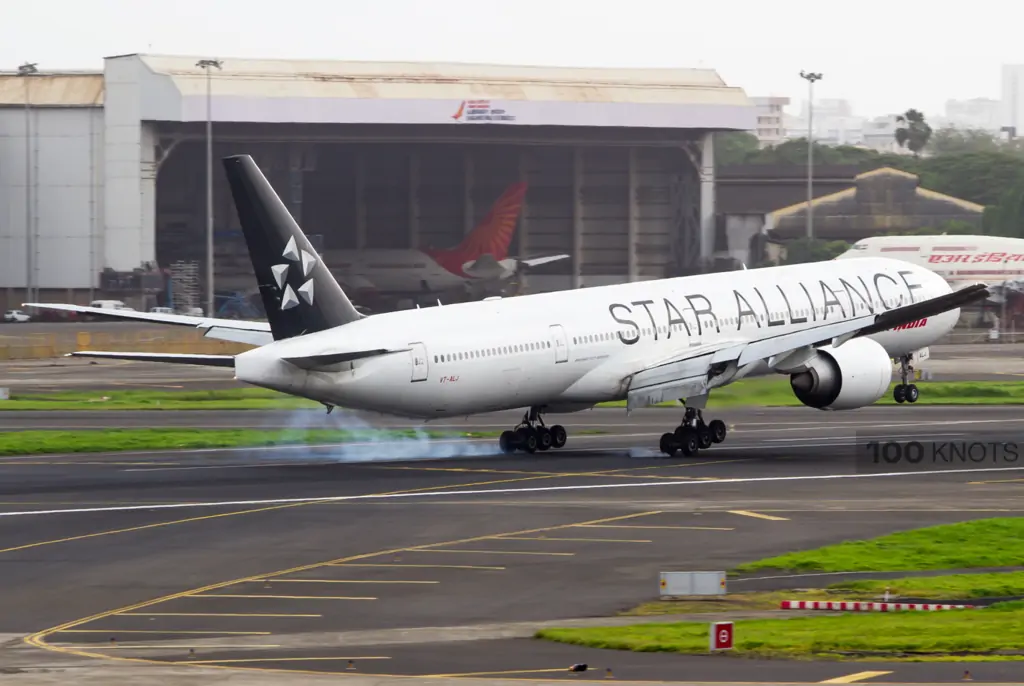
If AI Engineering Services Limited (AIESL) is put up for sale, Tata-owned Air India is mulling over a partnership with either Lufthansa Technik or Air France-KLM's engineering unit, according to a report by Economic Times. The report added that through its engineering arm SIA Engineering Company Limited, Singapore Airlines, which holds a 25.1% stake in Air India, will also participate in the consortium.
Air India's erstwhile engineering arm AIESL, now owned by the government, is an MRO (maintenance, repair, and operations) unit largely servicing Air India's fleet. Air India relies on its owner to ensure the smooth operation of its fleet of aircraft, as per the report. Several of the airline's subsidiaries remained with Air India Assets Holding Ltd (AIAHL) – a special purpose vehicle set up in 2019 for holding non-core assets and debt of Air India.
The airline, however, is keen on acquiring AIESL once the government puts it up for sale. An airline executive told The Economic Times (ET) that around 90% of Air India’s engineering needs are fulfilled by AIESL, and acquiring the MRO company as part of developing Air India’s in-house engineering capabilities seems like a good idea. To finalise the consortium and deepen commercial ties with Air India, Lufthansa CEO Carsten Spohr met multiple times with top executives of Air India and Tata Sons, it added.
To strengthen its presence in India, Lufthansa Technik is closely evaluating the privatisation of AIESL. “India is a highly dynamic growth market and extreme air traffic growth will drive up the demand for MRO services. We are already present and successful on the Indian subcontinent with our own facility for component services and taking a very close look at this development, to participate even more strongly in this growth market,” an official was quoted by ET.
Government planning the sell
The Indian government is preparing to sell off former subsidiaries of the now-privatised Air India, in the process raising INR 30 billion. When the government sold Air India and Air India Express to Tata Sons in early 2022, it retained four subsidiaries, namely AI Airport Services (AIASL), Alliance Air (India), Air India Engineering Services Ltd (AIESL), and Hotel Corp. of India Ltd, parking them in a special purpose vehicle called AI Asset Holdings Ltd.
AIESL is India's largest MRO provider. It handled 450 aircraft in the 12 months to March 31, 2022, and generated a net profit of INR 8.4 billion in the same period. AIASL provides ground handling services at over 100 airports across India, generating a net profit of INR 154 million in the same period. Of the four subsidiaries, AIESL and AIASL are the most profitable. The Indian government reportedly expects to reap between INR 18 billion and INR 19 billion for AIESL, and between INR 7 billion and INR 8 billion for AIASL.
AIESL, AIASL, and AAAL were subsidiaries of Air India when the government-owned it. However, these were among the arms of Air India that were not part of its privatisation, with the government deciding to divest its stake in these companies separately. The Tata Group took control of Air India from the government in January last year.
About Lufthansa Technik
Lufthansa Technik AG ('Lufthansa Engineering', often referred to simply as "LHT") provides worldwide maintenance, repair, and overhaul (MRO) services for aircraft, engines, and components. It is a subsidiary of the Lufthansa Group. Headquartered at Hamburg Airport, its other important German sites are in Frankfurt Airport and Munich Airport. In greater Europe, it has major base maintenance facilities in Malta, Budapest, Hungary, and Bulgaria. Overseas, it has sites located in Puerto Rico, the Philippines, and China.
In early 2020, Lufthansa Technik announced the launch of a freighter conversion programme for the Airbus A380, a large twin-deck passenger airliner, in addition to 14 separate projects for various other passenger aircraft, such as the A330 and A350. The conversion process typically involves removing passenger seats and the installation of freight pallets on the seat tracks by existing load and safety considerations. Aerospace periodical Flight International has speculated that the timing of the A380 conversion project ought to be fortuitous and is likely to be well received by the market.
Air France Industries KLM Engineering & Maintenance
Air France Industries KLM Engineering & Maintenance is a major multi-product MRO (Maintenance, Repair, Overhaul) provider headquartered in Paris, France. With a workforce of over 14,000, AFI KLM E&M offers comprehensive technical support for airlines, ranging from engineering and line maintenance to engine overhaul, aero structure and fan thrust reverser support, as well as the management, repair and supply of aircraft components, structured around a powerful logistics network. AFI KLM E&M supports almost 1,500 aircraft operated by 200 major international and domestic airlines.
As the MRO arm of the AIR FRANCE KLM Group, AFI KLM E&M provides the full range of maintenance, repair and overhaul services for your aircraft, including its airframe, engines, FTRs, components, and landing gear. AFI-KLM E&M offers a wide range of component support services for Boeing (777, 737 NG & MAX, 787) and Airbus (A220, A330/A340, A320ceo & A320neo, A350, A380) aircraft, fast-growing regional fleets (Embraer and CRJ), and military aircraft. It can also serve a variety of different engine types: GE90, GEnx, CF6-80C2, CF6-80E1, CFM56-5 & CMF56-7, and LEAP.
(With Inputs from The Economic Times)
Read next
Former Federal Aviation Administration (FAA) managers have advocated for a reform of the pilot training programme in light of recent aviation accidents and issues, citing a lack of flight deck experts that threatens to stymie the industry's expansion for years to come. Former administrators have said that present training standards do not effectively prepare pilots for emergency scenarios, and they have advocated for a greater focus on scenario-based training.
Present Situation
Randy Babbitt and Dan Elwell wrote to House Transportation and Infrastructure Committee leaders on April 18 that the existing training system for airline pilots in the United States is outmoded and needs to be evaluated. Their remarks come ahead of a congressional hearing on the reauthorization of the Federal Aviation Agency and the aviation sector workforce on April 19.
The pilot experience restriction, enacted in reaction to the catastrophic 2009 accident of a Colgan Air turboprop, does have certain exceptions: military pilots can accept airline employment with 750 hours of flight time, and graduates of university aviation programmes can do so with 1,000 or 1,250 hours.
Why the Overhaul
According to Babbitt and Elwell, this type of flying experience is ineffective as a measure of competency and safety. They contend that the FAA should enable pilot candidates to use contemporary simulator technology to supplement their knowledge and abilities.
The existing training standards, according to the administration, are based on a checklist approach, which implies that pilots are instructed to follow a set of procedures in the case of an emergency. While this method is useful in many scenarios, it does not prepare pilots for unforeseen occurrences or situations not covered by the checklist.
"An updated training model would also enable flight schools to continually adapt to new breakthroughs in aircraft technology and training approaches," according to the letter. "Experience tells us that an updated model should increase, rather than restrict, time spent in sophisticated simulators that expose trainees to emergency scenarios and adverse weather phenomena like icing and thunderstorms - which are too dangerous to learn or practice in the air," says the author.
The Advantages of Scenario-Based Learning
Scenario-based training provides various advantages over traditional training methods. One of the primary advantages is that it allows pilots to practise reactions to a broader range of scenarios. Engine problems, bird strikes, and even terrorist attacks can all be covered in this sort of training.
Modifications to Pilot Training Proposed
Former FAA officials have urged for a thorough revamp of the pilot training system in the United States. They have recommended various modifications, including:
More Extensive Training - Administrators have advocated for more complete pilot training, including more hands-on experience and more realistic simulations of crises and anomalous events.
Ongoing Training - Administrators have requested that pilots get continual training throughout their careers rather than only upon first certification. This would aid in keeping pilots up to date on the newest technology and practice's.
Cooperation with Industry - The administrators have requested that the FAA collaborate more closely with the aviation sector to produce training programmes suited to the needs of specific airlines and aircraft types.
Better Supervision - The administrators have requested that the FAA strengthen its monitoring of pilot training programmes. More regular inspections and audits of training institutes would be required to guarantee that they are fulfilling the highest requirements.
The Future of Pilot Education
Former FAA officials are advocating for a comprehensive revamp of the pilot training system. They feel that scenario-based training should be made essential for pilots, and that the existing checklist technique should be phased out.
The Effects of Suggested Modifications
If enacted, the proposed modifications to the pilot training system might have a substantial influence on the safety of air travel in the United States. The FAA can assist to reduce accidents and incidents caused by pilot mistakes by providing more thorough training to pilots and ensuring that they get continuing training throughout their careers.
Conclusion
Former FAA executives' request for a revamp of the pilot training system is a crucial step towards enhancing aviation safety. Pilots will be better equipped to manage emergency circumstances and make better judgements in high-pressure scenarios if scenario-based training is prioritized. While the FAA has begun to modify training standards, more must be done to guarantee that pilots are prepared for the unexpected.
With Inputs from FlightGlobal
Read next
Airbus, the European aircraft manufacturer, has issued a warning to its clients about potential delivery delays. The announcement comes amid continued supply chain and manufacturing concerns in the aviation sector, which have been exacerbated by the COVID-19 epidemic and are affecting its scheduled delivery timetable well into next year.
Production Difficulties and Delays
The COVID-19 pandemic has affected global supply chains, creating delays and shortages in a variety of businesses. The aviation industry has been especially badly impacted, with several airlines limiting or cancelling operations as a result of travel restrictions and decreased demand for air travel.
The Situation
Customers have been warned by Airbus about probable delivery delays for the A320neo family of aircraft, including the biggest type, the A321neo.
As Airbus reported its 2022 financial results in February 2023, Guillaume Faury, the OEM's CEO, remarked that the company "produced strong financials despite an unfavorable operational climate that hindered our supply chain from recovering at the speed we envisaged."
The Deliveries
Airbus shipped 127 planes to clients in Q1 2023, while Boeing delivered 127 planes to customers during the same time. The A320neo series accounted for the majority of the European aircraft manufacturer's deliveries, with a total of 106 deliveries: two A319neo, 45 A320neo, and 59 A321neo.
Demands Continue Despite Shortages
Notwithstanding the well-reported issue of delivery delays, both Airbus and its main competitor, Boeing, are convinced that demand for new planes will stay strong.
Customer and Industry Repercussions
Aircraft delivery delays may have a severe impact on Airbus clients, particularly airlines that rely on new jets to grow their fleets or replace older planes. Delays may cause airlines to incur additional expenditures as they extend leases on current aircraft or make other arrangements to satisfy their operating demands.
Is Compensation Justified
The latest Airbus statement may reignite airline consumers' debate over whether they should be compensated. Until date, the top manufacturers have maintained that supplier-related delays are "excusable" in contractual terms and beyond their control, implying that consumers are not due penalties.
Actions Being Taken
Airbus has stated that it is addressing the manufacturing issues that are causing potential delays in aircraft delivery. The corporation has taken new steps to strengthen its supply chain and limit the possibility of production delays. In order to satisfy demand, it has also raised its manufacturing capacity in various sectors.
Conclusion
The Airbus warning about probable delays in aircraft delivery shows the industry's continued troubles. While the corporation is making attempts to resolve these difficulties, the supply chain interruptions and manufacturing constraints created by the COVID-19 pandemic are not easily solved. As a result, customers and industry stakeholders must stay adaptive and prepared for unexpected delays and interruptions in the coming months.
With Inputs from AeroTime

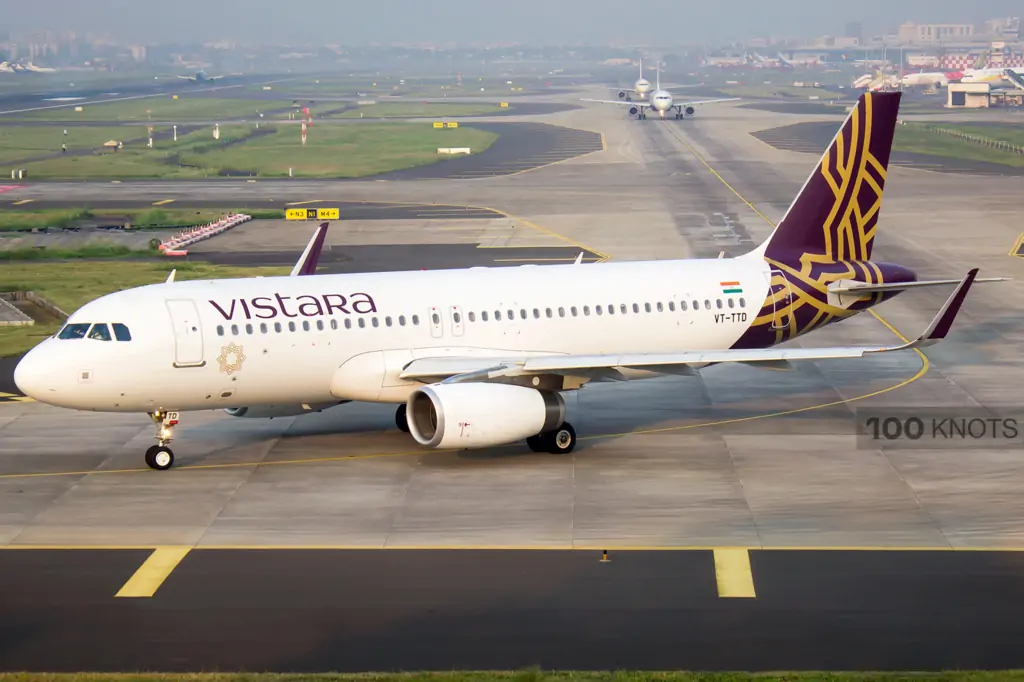

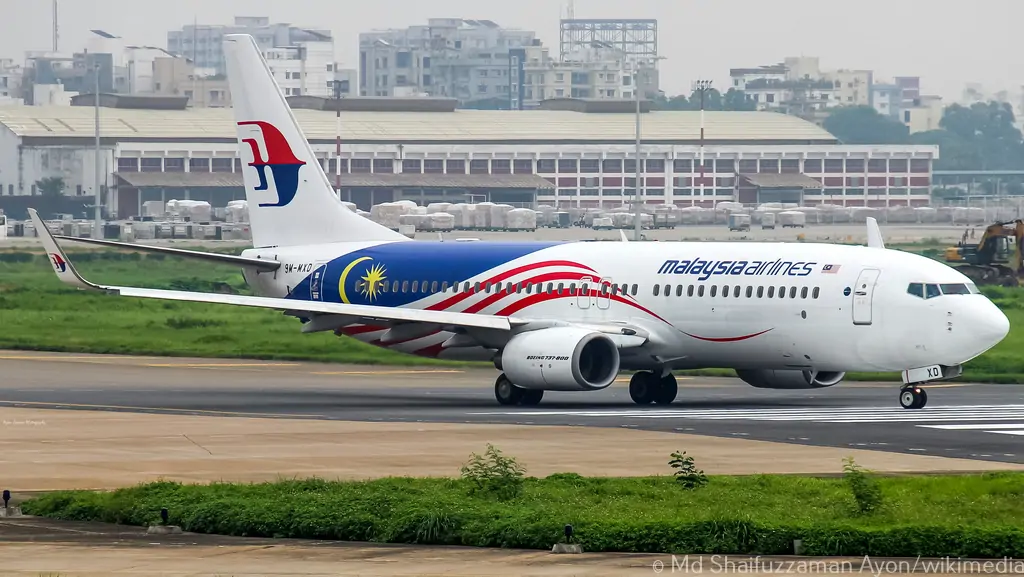
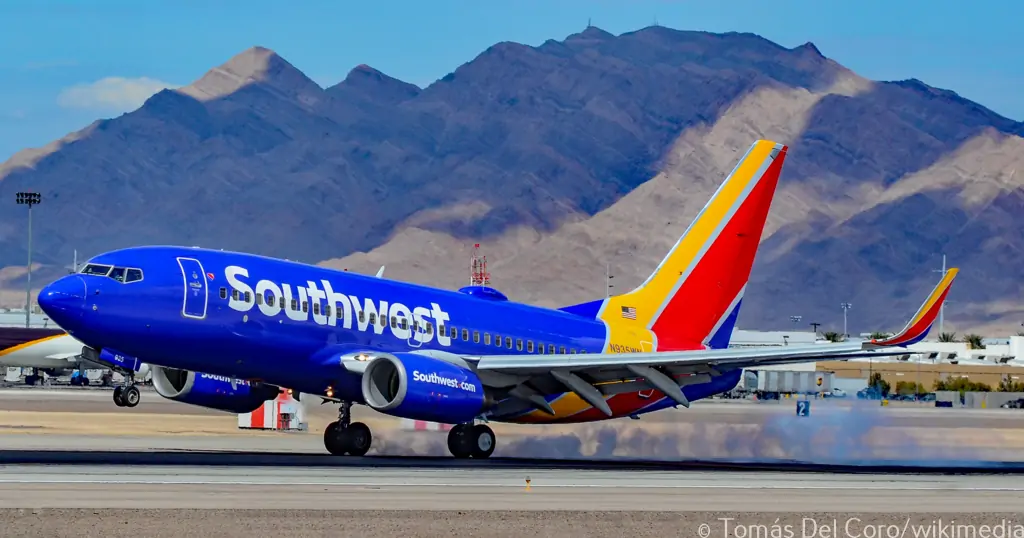
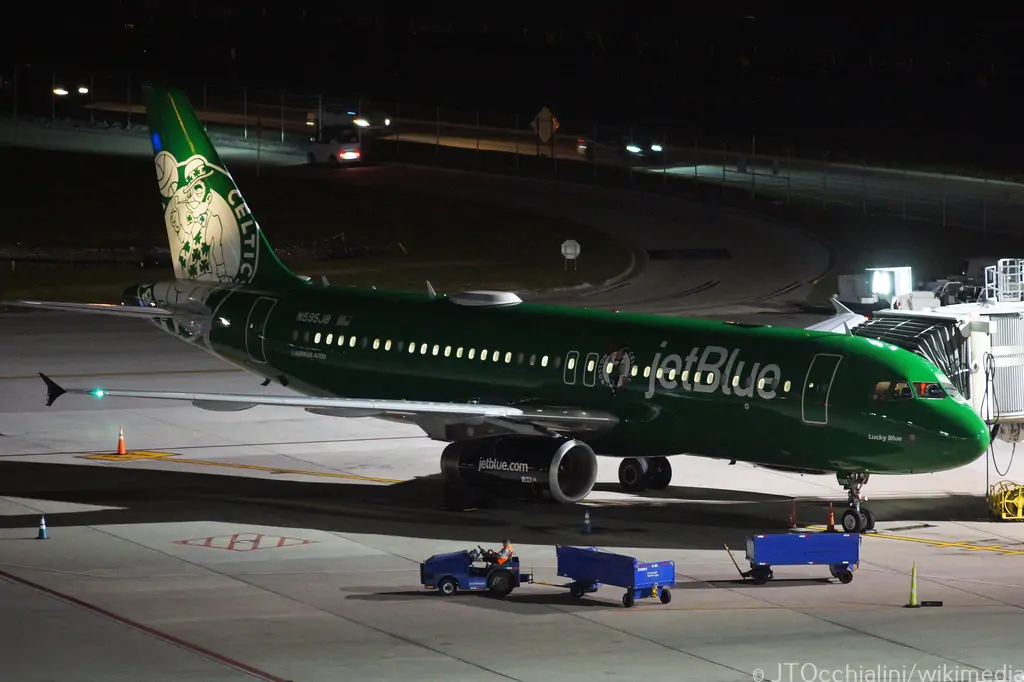
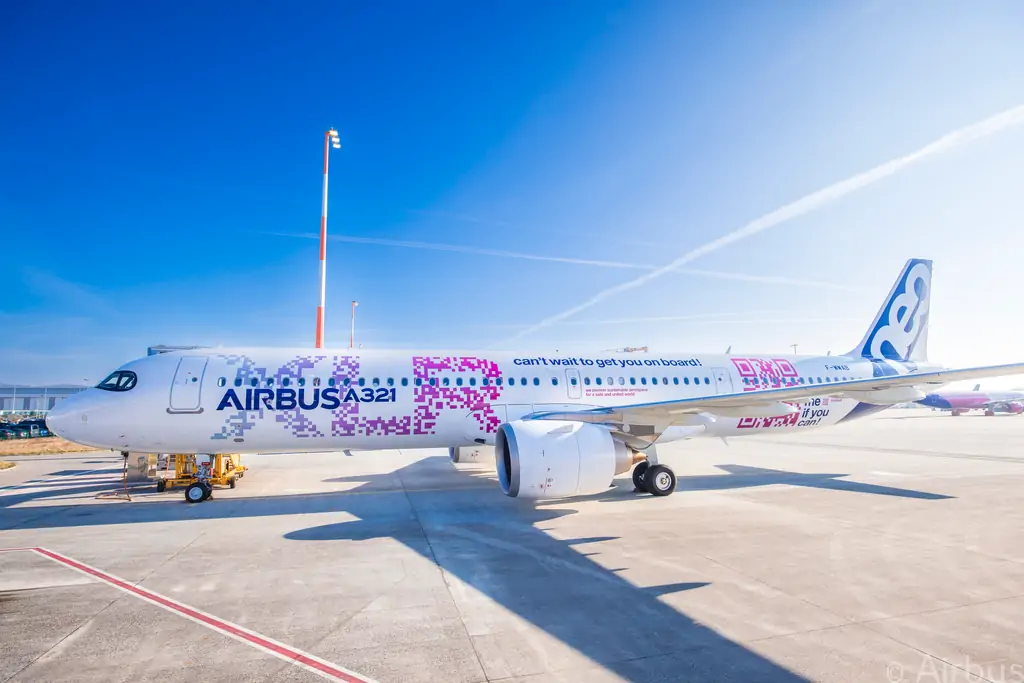
Comment